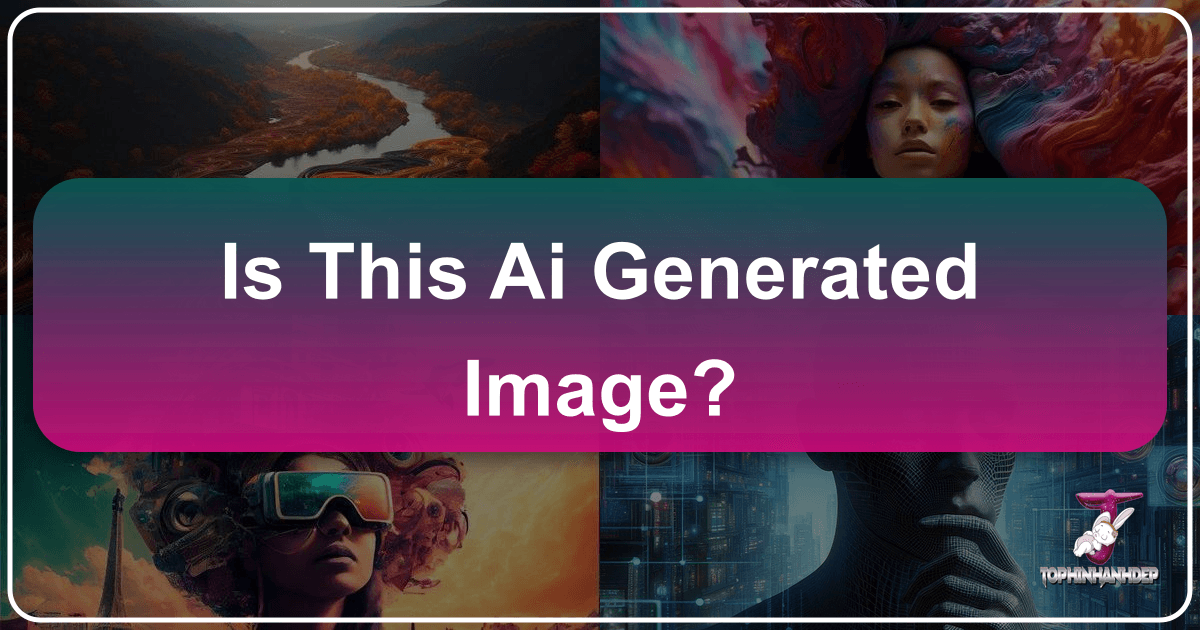How to Lock an Image in Microsoft Word: Mastering Visual Stability in Your Documents
In the dynamic world of document creation, where visual elements play a pivotal role in conveying messages and enhancing readability, the ability to control the placement and integrity of images within Microsoft Word is paramount. Many users, from students compiling academic reports to professionals crafting intricate proposals, have experienced the frustration of painstakingly arranged images shifting unexpectedly with every text edit or layout adjustment. This common predicament can quickly derail a document’s professional appearance, compromise its aesthetic appeal, and even distort the intended message.




